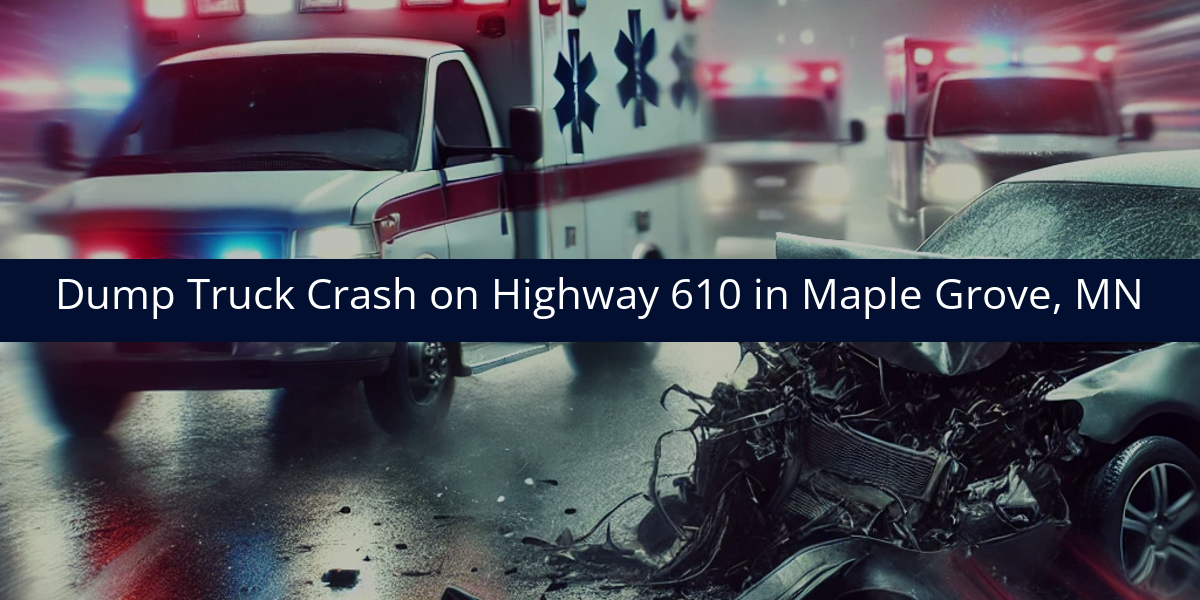On Friday morning, a two-vehicle crash in Berlin Township, Holmes County left one person dead and three others injured. According to the Holmes County Sheriff’s Office, the crash occurred around 7:08 a.m. at the intersection of County Road 201 and County Road 203. Authorities say a milk tanker allegedly failed to stop at a posted stop sign while traveling east on CR 203 and struck a northbound Chevy passenger van. The van, driven by 74-year-old Anna Casey of Millersburg, was hit on the driver’s side. Both vehicles traveled off the road and into a nearby cornfield. Casey was airlifted to Akron City Hospital, where she was later pronounced dead. Her three passengers were transported to Pomerene Hospital with injuries. The driver of the milk tanker was reportedly uninjured.
Whenever I hear about a crash at a rural intersection involving a large commercial vehicle, I usually have questions about what caused the vehicle to allegedly disregard a stop. Even something as simple as a moment of distraction or a mechanical issue can result in a serious accident.
Was the Milk Tanker in Safe Working Order?
When a commercial vehicle fails to stop at a clearly posted intersection, one of the first questions I ask is whether a mechanical defect could have played a role. Issues like brake failure or steering system malfunction could prevent a truck driver from stopping in time, even with proper attention. Investigators will need to inspect the milk tanker thoroughly to determine whether its braking system was functioning correctly and whether routine maintenance was up to standard.
Did Driver Distraction or Fatigue Play a Role?
Given the early morning timing of the crash, another concern is whether the driver of the milk tanker may have been fatigued or distracted. A momentary lapse in attention or drowsiness can lead to critical mistakes at intersections. Investigators may look into the driver’s schedule, hours of service, and cell phone records to assess whether distraction or lack of rest was a factor in the crash.
What Information Is Needed to Understand What Happened?
To fully understand the circumstances of this collision, it's essential that investigators collect and review key pieces of evidence. This includes dash camera footage, onboard vehicle data, and any nearby traffic or surveillance camera recordings. A look at the milk tanker’s Engine Control Module (ECM) could reveal whether the brakes were applied before the impact or whether there was any indication of a mechanical issue. These details can help clarify what led to the milk tanker failing to stop.
Why Getting the Full Picture Requires Investigation
It's easy to assume human error, but when commercial vehicles are involved, it's important to ask whether equipment failure, poor maintenance, or systemic oversights contributed to the outcome. Figuring out whether those factors were involved requires a thorough investigation.











